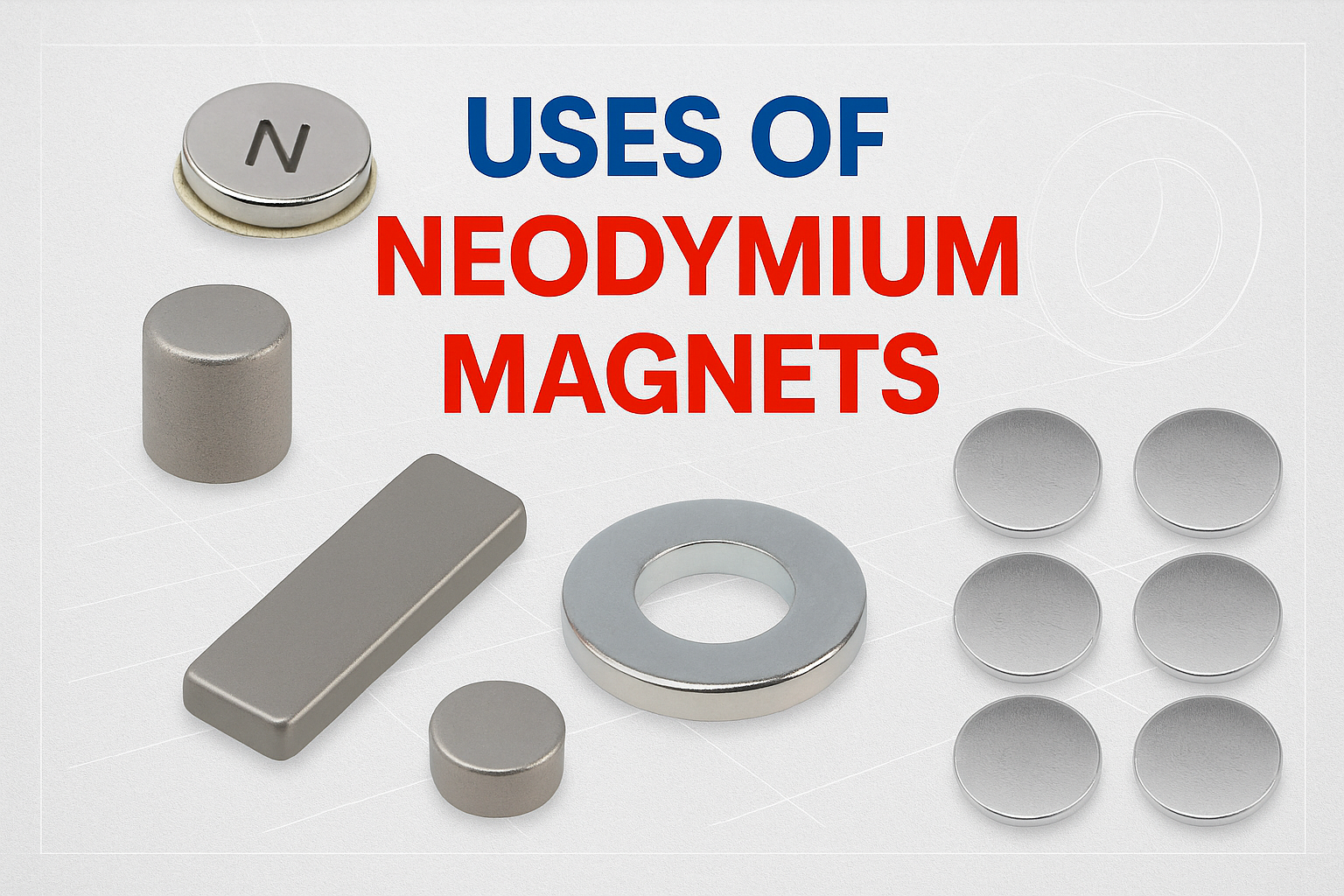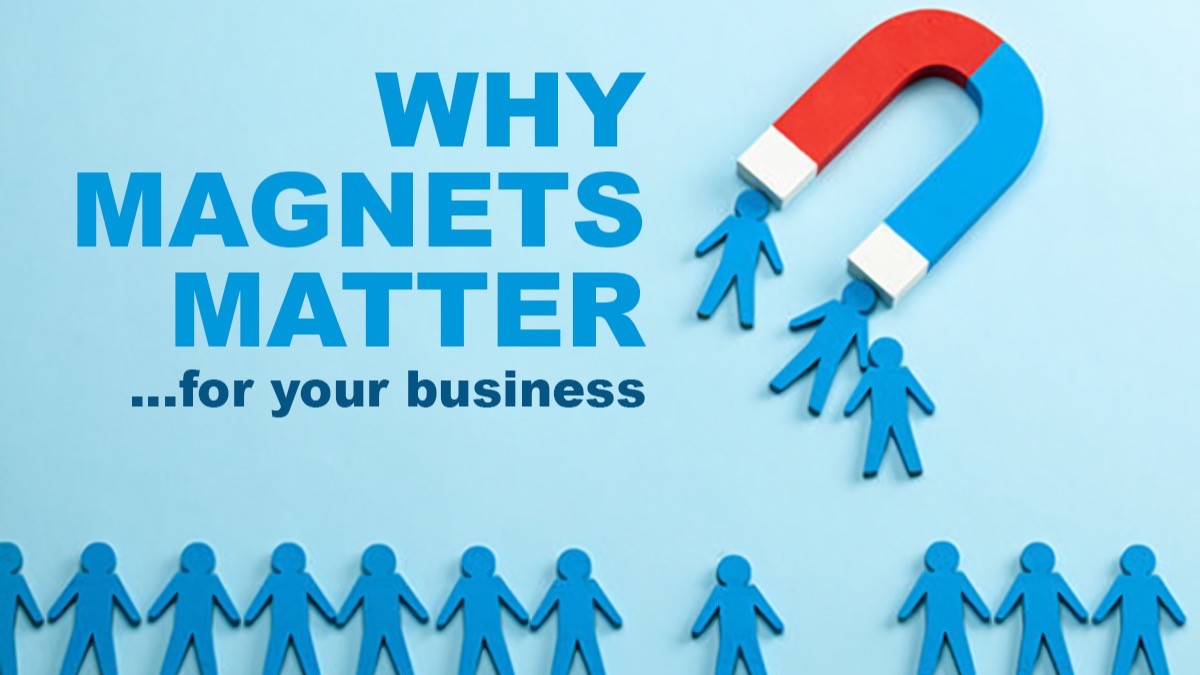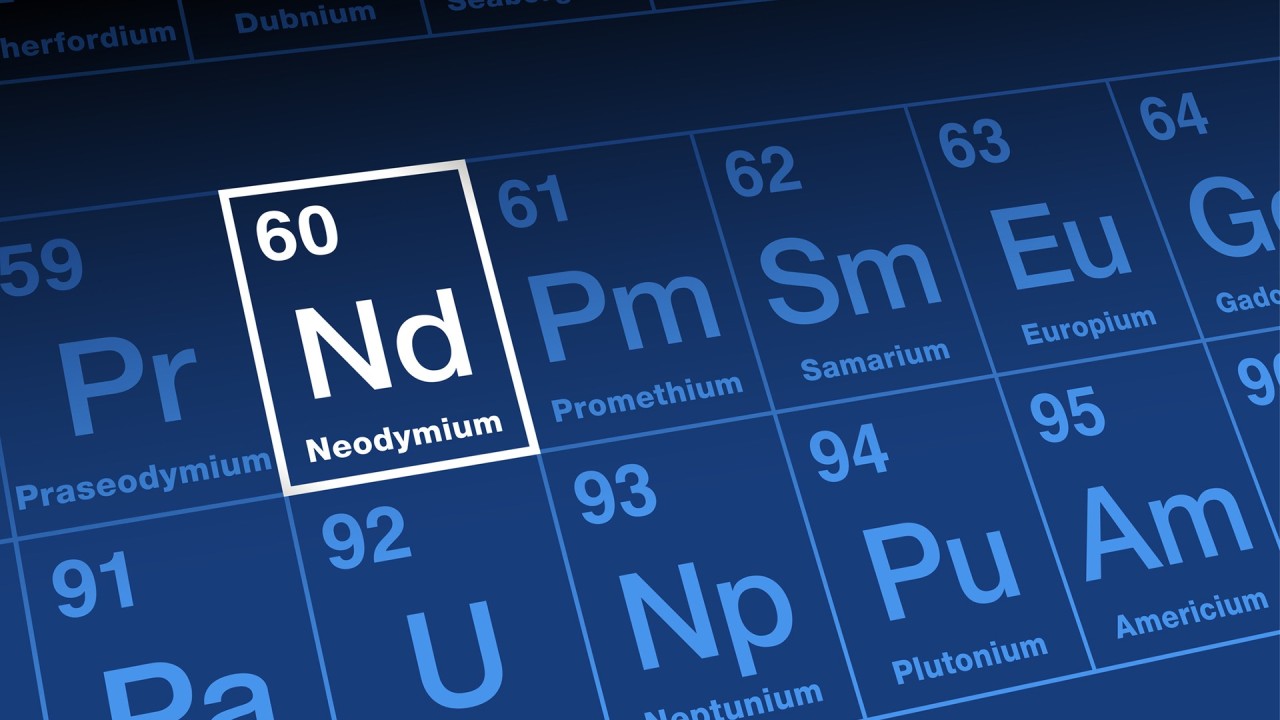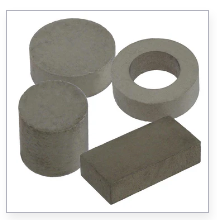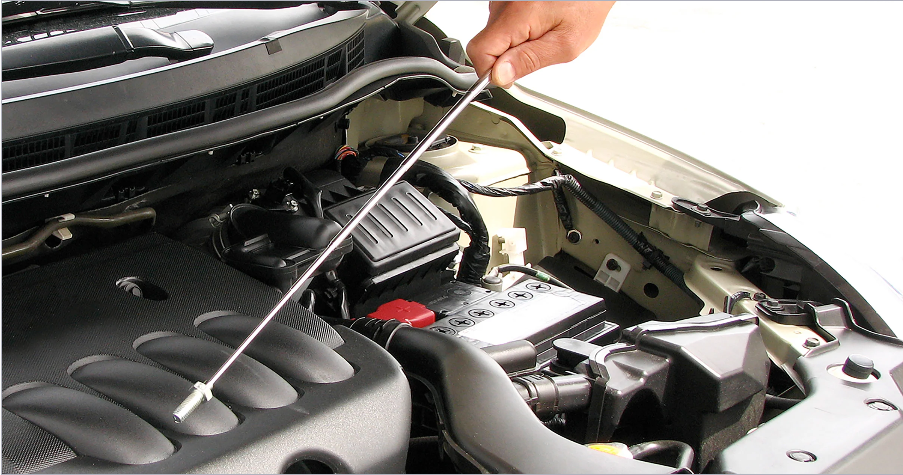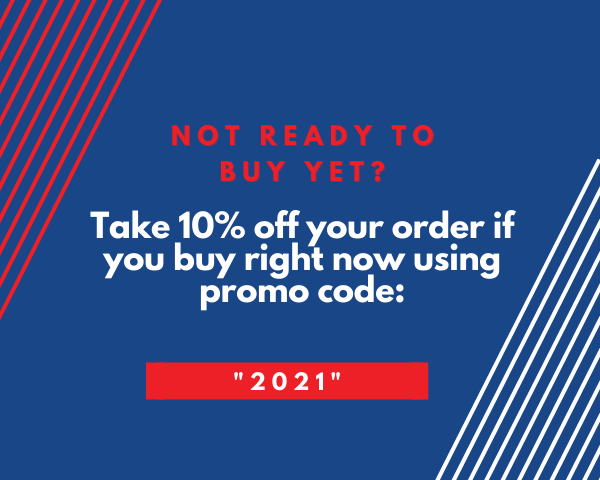- Material thickness
- Indoor or outdoor use
- Size of project
FEATURED POST
Flexible Magnetic Sheeting Compatibility Influenced by Two Things

Flexible Magnetic Sheeting Compatibility Influenced by Two Things
By Shalea Hardison
Printing directly to a magnet is a cost-effective method of creating high-impact vehicle graphics, P.O.P. displays, calendars and other ad specialty items, portraits, decorative magnets, message boards, photos, wayfinding signs, temporary signage, and more. Achieving quality results from your printer and magnetic sheeting is essential for the success of every project.
Magnetic sheeting is considered a semi-rigid substrate, and, like all semi-rigid substrates, takes a little know-how to produce the best quality product. Here are some tips for printing directly to magnets.
Printer Compatibility

First, when determining magnetic sheeting compatibility, look to see what type of material to use with your printer. Printer compatibility largely depends on the type of ink used. PrintMagnetVinyl™ is a flexible magnetic sheeting with a vinyl coating used with wide-format solvent, eco-solvent, UV and latex printers. Magnetic receptive material, FlexIRON™, is also compatible with these same printer types.
For printers using aqueous inks, select PrintMagnet™ with a paper topcoat as the compatible option for flexible magnetic sheeting and FlexIRON™ (PP) for a magnetic receptive choice.
Refer to the table below for a quick reference of the ink and magnetic sheeting compatibility.

Beyond the ink compatibility, we’ve worked with most major printers to test for quality and compatibility with PrintMagnetVinyl™ and FlexIRON™. Find a list of printers and more information here.
Use Influences Choice
After understanding the type of magnetic sheeting compatible with your printer, the next factor in selecting material is determining where and how it will be used.
Major influencing factors include:
The thicker the magnetic sheeting means the stronger the sheeting. However, that isn’t always the best way to select the thickness needed for your project. Traditionally vehicle magnets need a strength of 30 mil to adhere securely during high speeds. But promotional items like magnetic calendars only need 15-mil.
Projects designed to withstand the outdoor elements of sun, wind, and rain clearly require vinyl sheeting for outdoor use. Alternatively, if printing with aqueous ink on a paper topcoat, laminating the project provides protection from the element. However, items designed to be used exclusively indoors, like magnetic business cards or P.O.P. signage, simply need indoor use material.
Also, considering the size and scope of your project prior to deciding on the width of the material can potentially save you time and money. Will you gang up your graphics so that a 48-inch roll is just perfect? Does a 24-inch roll mean less cutting? Can we provide a custom size to expedite a large project? Discuss your project with our sales team and see how we can save you time and money.
Our knowledgeable Magnet Experts can assist you with determining magnetic sheeting compatibility for your printer and project. Contact us with questions and samples.





